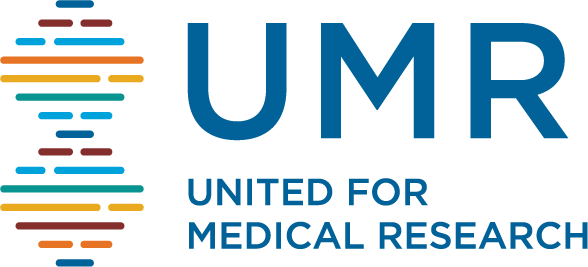September 11, 2014
NIH funding supports 400,000 jobs nationwide while also supporting research to combat our most common fatal diseases
WASHINGTON, D.C., (September 9, 2014)— United For Medical Research, a coalition of leading research institutions, patient and health advocates, and private industry, today launched a user-friendly map spotlighting the state-level impact of federal research funds provided by the National Institutes of Health (NIH). NIH awards support more than 400,000 jobs nationwide, funding the nation’s leading research institutions and spurring investments and research by the biopharmaceutical industry.
Designed to serve as a resource for lawmakers, media and the public, the new NIH by State interactive map includes downloadable state-focused PDFs and key state-level data related to NIH funding: the amount of NIH grant and contract funding; the number of jobs supported by NIH awards; the top NIH-funded research institutions; the economic impact of investments in the biopharmaceutical industry; and three leading causes of death by disease in each state.
“This new map illustrates the importance of NIH as an engine for innovation and well-being in every state. Using this map, visitors can see the connection between NIH funding and their communities. It serves as a visual reminder of the opportunities – in terms of jobs supported and research funded – and the challenges – the devastating numbers of lives lost – which make NIH a vital priority,” said Carrie Wolinetz, PhD, president of United for Medical Research.
NIH funding plays a critical role as an economic driver of advances in medicine and science, extending and improving the lives of American citizens. Yet the agency has lost more than 22 percent of its purchasing power in recent years due to inflation and budget cuts, threatening the future of the life sciences ecosystem.
“Scientists at universities and research institutions across the country are making the discoveries that are critical to U.S. health and prosperity, thanks to NIH funding,” said Wolinetz. “To continue the medical and economic benefits generated by biomedical research, our nation must renew our investment in NIH.”
Data sources include the National Institutes of Health, the Centers for Disease Control, the Biotechnology Industry Organization and United for Medical Research. United for Medical Research invites lawmakers, media, and the public to explore the impact of NIH funding in their home states by visiting https://www.unitedformedicalresearch.org/nih-in-your-state/.
